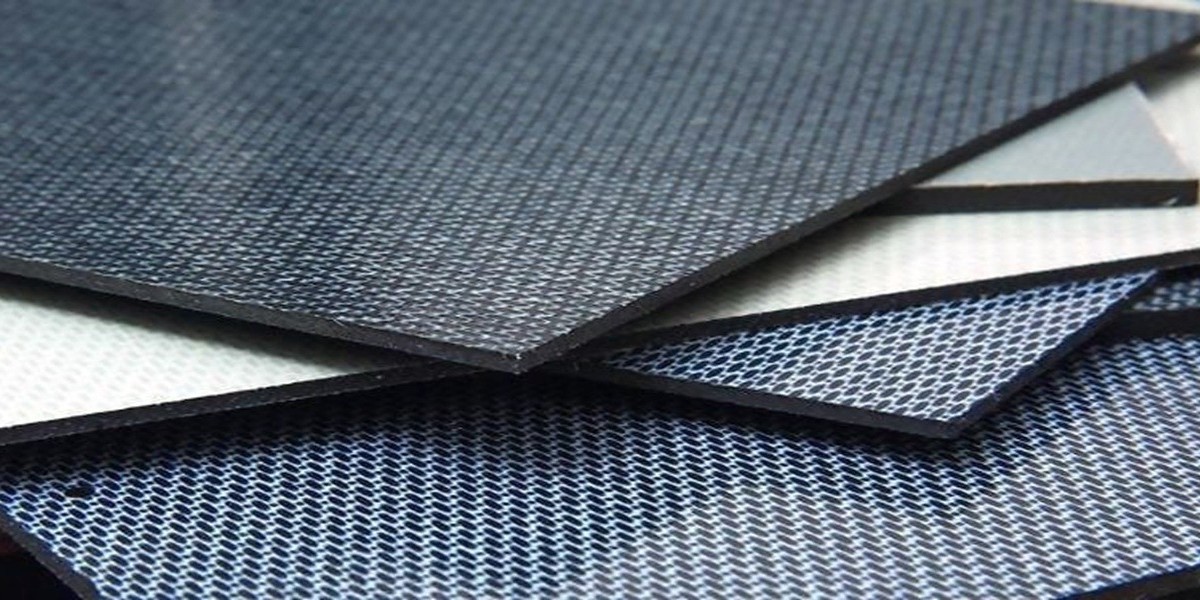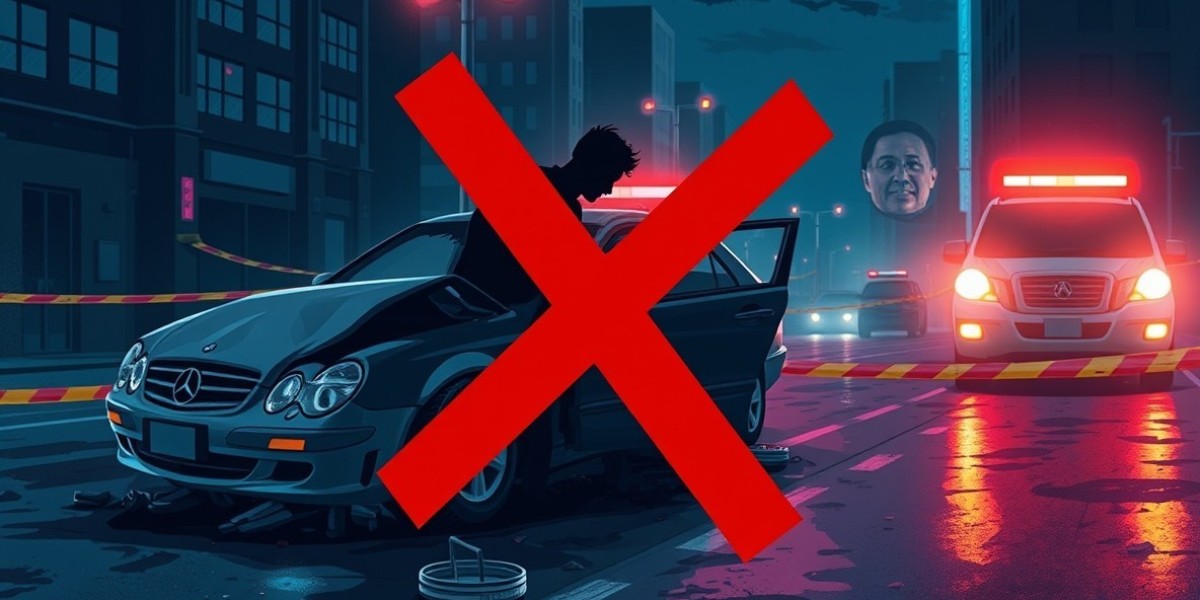Glass Fibre Reinforced Concrete (GFRC) is a modern building material that blends the strength of concrete with the lightweight properties of glass fibres. This combination results in a material that is incredibly strong yet easier to handle and install compared to traditional concrete.
GFRC is made by embedding fine glass fibres into a cement-based mix. These fibres improve the material’s durability, resistance to cracking, and overall structural integrity. It's commonly used in both exterior and interior applications, offering a practical and visually appealing solution for a range of construction projects.
Benefits of Glass Reinforced Concrete
GFRC offers several advantages that make it an ideal choice for cladding and other architectural applications:
1. Lightweight Yet Strong
While concrete is typically heavy, the addition of glass fibres makes GFRC significantly lighter, which reduces handling and transportation costs. Despite its lighter weight, GFRC maintains impressive strength, making it a reliable option for a variety of construction projects.
2. Enhanced Durability
GFRC is highly resistant to cracking, even under stress. The glass fibres provide flexibility to the material, allowing it to withstand impact and thermal movement better than traditional concrete. This makes it particularly suitable for use in environments that experience extreme weather conditions.
3. Flexibility in Design
GFRC can be moulded into various shapes and sizes, making it highly versatile for different design needs. Whether it's for cladding, façades, or decorative elements, this material can be tailored to meet specific aesthetic requirements without compromising on performance.
4. Low Maintenance
Compared to other materials, GFRC requires minimal upkeep. Its resistance to weathering and environmental conditions means it maintains its appearance and functionality over time without the need for frequent repairs or replacements.
5. Eco-Friendly
GFRC is considered an environmentally friendly material because it requires fewer raw materials and can be recycled. Its lightweight nature also helps reduce transportation costs and energy consumption during manufacturing and installation.
Glass Reinforced Concrete Cladding: A Popular Choice for Modern Architecture
One of the most common applications for Glass Fibre Reinforced Concrete is cladding. GFRC cladding is widely used for its strength, durability, and aesthetic versatility. It can be applied to a variety of surfaces, including building façades, retaining walls, and architectural features.
GFRC cladding provides a sleek, modern appearance while ensuring structural integrity and weather resistance. Its ability to mimic the look of other materials, such as stone or metal, while being much lighter, makes it a cost-effective option for many construction projects.
Glass Reinforced Concrete in the UK
In the UK, Glass Fibre Reinforced Concrete is becoming an increasingly popular choice for both residential and commercial projects. With the demand for sustainable, durable, and aesthetically pleasing building materials growing, GFRC is gaining traction in the architectural industry.
Many UK-based manufacturers now produce and supply GFRC, ensuring that this material is readily available for construction projects across the country. Its popularity is also driven by the need for materials that can withstand the unpredictable British weather while remaining visually appealing.
Glass Fibre Reinforced Concrete Price: What to Expect
When considering the price of Glass Fibre Reinforced Concrete, there are several factors to take into account. The cost of GFRC can vary depending on the manufacturer, the specific mix of materials used, and the scale of the project. However, GFRC is generally more cost-effective than traditional concrete for large-scale installations due to its lighter weight, which reduces transportation and handling costs.
While the initial investment in GFRC may be higher than some other materials, its durability and low maintenance needs make it a worthwhile long-term investment. It’s important to consult with suppliers and manufacturers for accurate pricing based on your specific project requirements.
Glass Fibre Reinforced Concrete Suppliers and Manufacturers
If you’re looking to source GFRC for your construction project, there are several reputable suppliers and manufacturers in the UK. It’s essential to choose a supplier that offers high-quality materials and has a proven track record of providing GFRC for various applications.
A1 CLADDING LTD works with leading suppliers to provide top-grade Glass Fibre Reinforced Concrete for both commercial and residential projects. We ensure that all products meet the highest standards of quality and durability, delivering reliable performance for every project.
Glass Reinforced Concrete Advantages and Disadvantages
Like any material, GFRC has both benefits and drawbacks. Here’s a breakdown:
Advantages
- Durability: GFRC is highly resistant to cracking, impact, and harsh environmental conditions.
- Lightweight: Easier to handle and install compared to traditional concrete.
- Versatile: Can be moulded into various shapes, sizes, and finishes to meet design needs.
- Low Maintenance: Requires minimal upkeep, saving time and costs in the long run.
Disadvantages
- Cost: GFRC can be more expensive than traditional concrete, especially for small-scale projects.
- Skilled Installation Required: Due to its unique properties, GFRC requires skilled installation to ensure proper bonding and finishing.
- Not as Common as Other Materials: Some contractors may be less familiar with working with GFRC, making it important to find professionals with experience in this material.
Glass Reinforced Concrete Detail: Understanding the Composition
GFRC is made up of two main components: a cement-based matrix and glass fibres. The matrix consists of a mixture of cement, water, and additives, while the glass fibres are blended into the mixture to enhance its strength and flexibility. The fibres are typically made from alkali-resistant glass, ensuring they don’t degrade over time when exposed to the elements.
The result is a material that is strong, lightweight, and capable of withstanding the stresses and strains of various architectural applications.
Conclusion: Is Glass Reinforced Concrete Right for Your Project?
Glass Fibre Reinforced Concrete is an excellent choice for projects that require durability, flexibility, and aesthetic appeal. Whether you're working on a residential building, a commercial façade, or an artistic installation, GFRC offers the strength of concrete with the benefits of reduced weight and enhanced design options.
If you're considering using GFRC for your next project, be sure to consult with a trusted supplier like A1 CLADDING LTD. We are dedicated to providing high-quality Glass Fibre fibre-reinforced concrete products that meet the needs of modern architecture.
Content Source URL: The Post Diary









